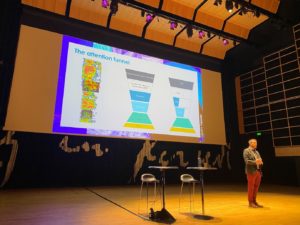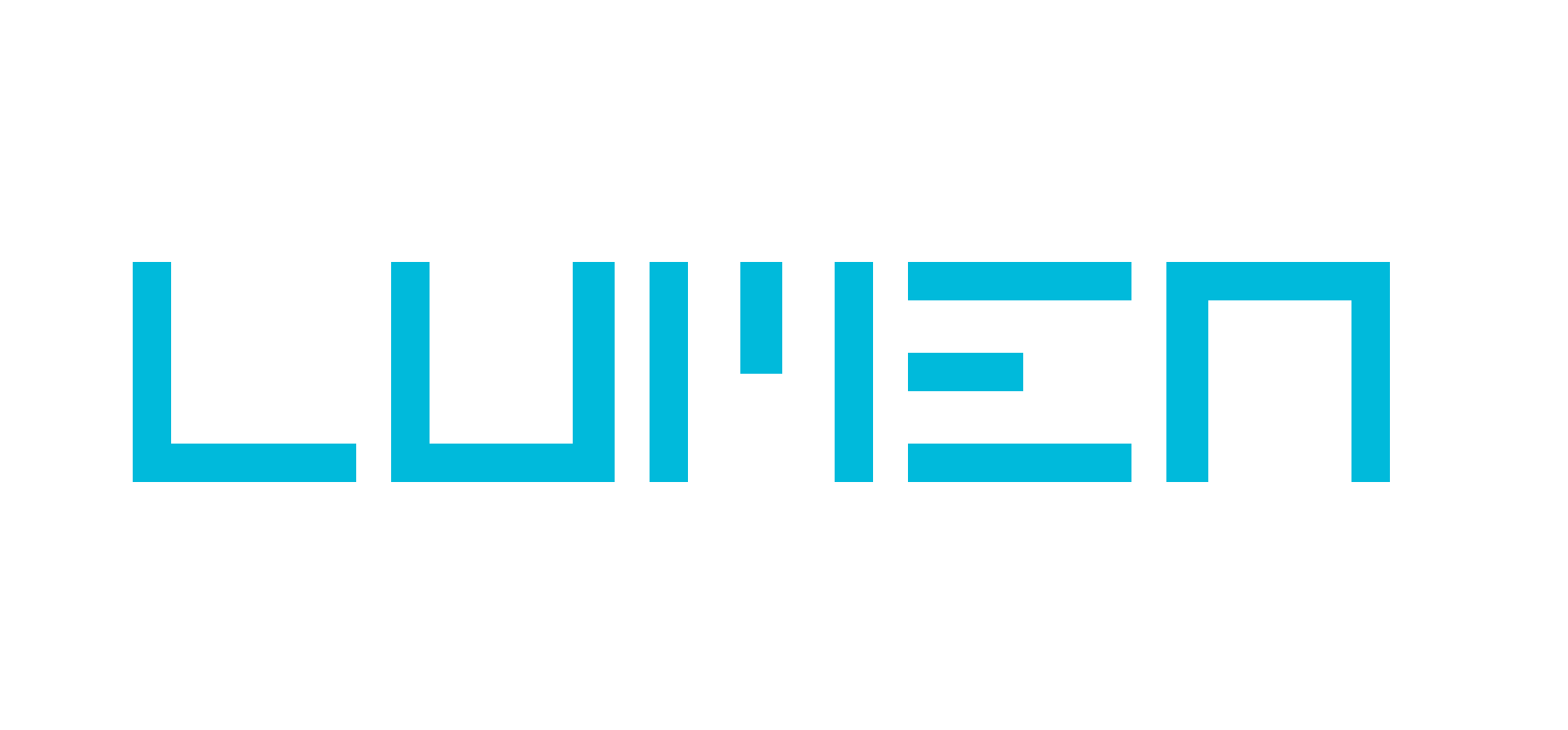00.00
Collaborative Creativity in Denmark

Lumen was speaking at the launch of the Danish leg of Dentsu’s Attention Economy in Copenhagen and Aarhus this week. We’ve been working with the guys at Dentsu Denmark to apply our existing ‘global’ models of attention to their clients businesses for some time. This week, we were able to reveal how we’ve now collected sufficient Danish data to create a Denmark-specific model of attention. This shows that while in most respects, Danes have similar attention patterns to the rest of us, there are important differences, specially when it comes to Denmark-specific media properties and advertising formats.
While the data is interesting in itself, what’s really fascinating is how Dentsu Demark have put the data and the models to use. I am endlessly reminded that the users of data might know more about the value of our data than we do. At Lumen, we are only dimly aware of the potential of attention data, whereas Dentsu Denmark have a clear and distinct vision for it’s application. It’s a good case study in collaborative innovation and user-initiated innovation.
Dentsu Denmark have begun to embed attention data within their planning tools, using the ‘attentive CPM’ calculations to direct investment for live campaigns
In a fascinating worked example, Anne Mathilde Hansen talked through a typical campaign aimed at 25-34 year old Danish women. In the ‘classic’ media planning approach, led by purported reach metrics and CPM rates, she said that the optimal media mix would have been heavy on social media and light on pre-roll video and rich media formats. However, when you apply Lumen’s attention predictions to the cost of each media choice, suddenly the story changes. In fact, it seems that the ‘expensive’ media is actually an ‘attention bargain’. This would then lead to a fundamental reallocation of resources, with far greater investment in Adnami’s ‘Top scrollers’ and Instream video.
But the Dentsu conference wasn’t just about creative thinking in the use of data and technology. It also gave a platform to creatives of a more traditional bent. Kim Boisen, of Danish hotshop Robert/Boisen talked through the various creative ways his agency earn their clients an ‘unfair share of attention’.
This ‘bothist’ way of thinking – that acknowledges the contribution of both media and creative in driving attention and memory structures – much surely be right. It is impossible to have form (media) without content (creative). Creativity can give you an ‘unfair share of attention’, but you still need to buy your way into the party. Only the bravest of advertisers would leave their beautiful ideas unamplified, trusting in the ‘virality’ of their work.
00.00









